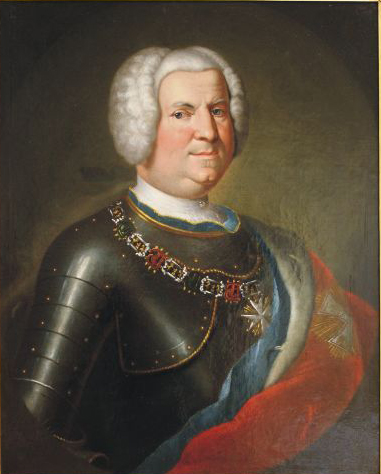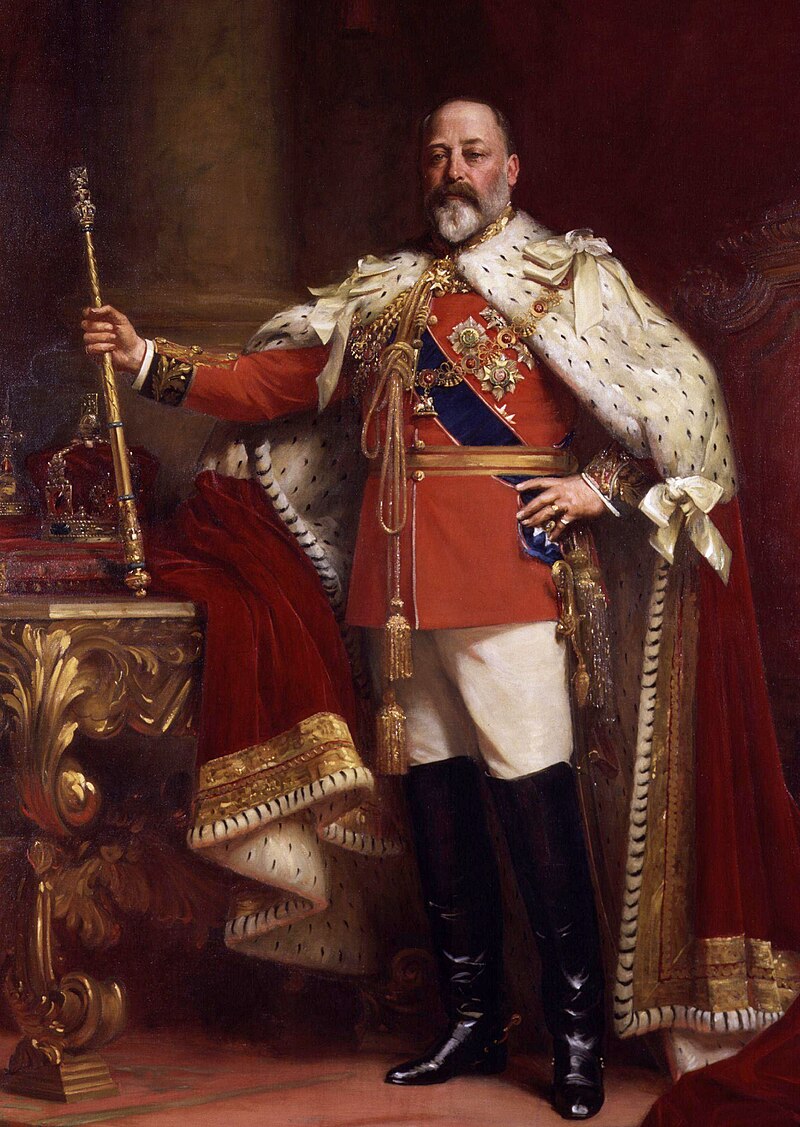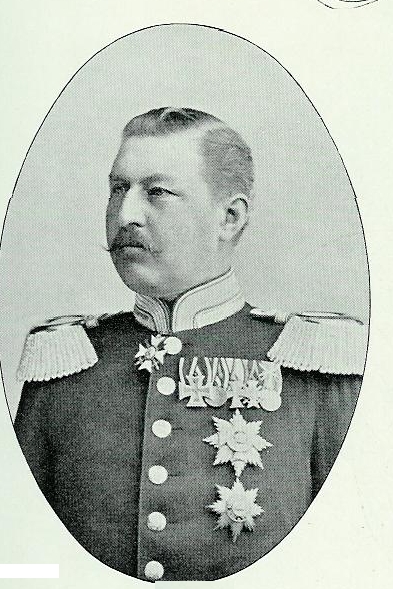by Susan Flantzer © Unofficial Royalty 2020

Catherine Sedley, Countess of Dorchester; Credit – Wikipedia
Catherine Sedley was born on December 21, 1657, the only child of Sir Charles Sedley, 5th Baronet of Ailesford and his wife Lady Catherine Savage, daughter of John Savage, 2nd Earl Rivers. Catherine’s father was a Member of Parliament, a poet, and a playwright. During the reign of King Charles II of England, Sir Charles Sedley belonged to the intimate circle around Charles II and was known for his wit and his extravagant lifestyle. When Catherine was around twelve years old, her mother was sent to a convent in Ghent in the Habsburg Netherlands, now in Belgium, because of severe mental illness and remained in the care of the nuns until she died in 1705. Around 1670, Sir Charles began a relationship with Ann Ayscough that lasted the rest of his life. Sir Charles and Ann Ayscough had two sons, Catherine’s half-brothers: William Sedley who died in childhood, and Charles Sedley who was knighted by King William III in 1689 and created 1st Baronet of Southwell in 1702. Because his sons were born out of wedlock Sir Charles Baronet’s title became extinct upon his death in 1701.

James, Duke of York, the future King James II of England; Credit – Wikipedia
In 1677, Catherine Sedley, because of her family’s wealth, was considered a marriage prospect for John Churchill, later 1st Duke of Marlborough, by his parents Sir Winston and Lady Churchill. However, negotiations were broken off but not before Catherine had become a frequent visitor to the court of King Charles II at the Palace of Whitehall. Catherine was eventually appointed a maid of honor to Maria Beatrice of Modena, Duchess of York, the second wife of James, Duke of York. Because King Charles II and his wife Catherine of Braganza had no children, James was the heir presumptive to the throne and did succeed his brother in 1685. Catherine caught the eye of James and became his mistress. Before she was sixteen years old, the diarist Samuel Pepys described Catherine as “none of the most virtuous, but a wit.” Catherine herself could not account for her success: “It cannot be my beauty for he must see I have none, and it cannot be my wit, for he has not enough to know I have any.”
Catherine and James had three children:
- Catherine Darnley (c. 1681 – 1743), married (1) James Annesley, 3rd Earl of Anglesey, had one daughter, (2) John Sheffield, 1st Duke of Buckingham and Normanby, had three sons
- James Darnley (1684 – 1685)
- Charles Darnley, died young

Catherine Sedley, circa 1685; Credit – Wikipedia
In 1685, upon the death of his brother King Charles II, who had at least fourteen illegitimate children but no legitimate children, James became King James II of England. Catherine’s yearly pension was doubled to £4,000 and she was created Countess of Dorchester and Baroness of Darlington in her own right for life. However, the birth in 1688 of King James II’s longed-for son and heir was his undoing. The English were willing to put up with one Catholic King but not a Catholic dynasty. King James II’s Protestant daughter Mary from his first marriage and nephew and son-in-law, William III, Prince of Orange were invited by Parliament to replace him and reign jointly as King William III and Queen Mary II of England. James II, with his wife and son, fled to France to spend the rest of his life supported by his first cousin King Louis XIV of France.
Catherine Sedley, Countess of Dorchester, remained in England where her father boasted about his support for the new king and queen: “Well I am even with King James in point of civility, for as he made my daughter a Countess, so I have helped to make his daughter a Queen.” Catherine had no qualms about attending Queen Mary II’s court. Faced with Mary II’s coldness on seeing her father’s ex-mistress, Catherine had a typically brazen reply ready: “Remember, Ma’am, if I broke one Commandment with your father, you have broken another against him.” With the end of King James II’s reign, Catherine’s pension stopped and the grants of Irish land James II had given her were called into question. However, she may have acted as a double agent for William III who gave her a pension.

David Colyear, 1st Earl of Portmore; Credit – Wikipedia
On August 20, 1696, 39-year-old Catherine married Sir David Colyear (1656 – 1730), Lieutenant-General of the Scots Brigade, the three Scottish regiments that had been fighting in the service of William III, Prince of Orange, now King of England. William III highly regarded Sir David and his military abilities and created him Earl of Portmore, Viscount of Milsington, and Lord Colyear in 1703.

The two sons of Catherine and David Colyear; Credit – Wikipedia
Catherine and her husband had two sons:
- David Colyear, Viscount Milsington (1698 – 1728/29)
- Charles Colyear, 2nd Earl of Portmore (1700 – 1785), married Juliana Hele, had two daughters and two sons
In 1714, at the coronation of King George I, Catherine met Charles II’s mistress Louise de Kérouaille, Duchess of Portsmouth, and William III’s mistress Elizabeth Hamilton, Countess of Orkney, and exclaimed “God! Who would have thought that we three whores should meet here.”
Catherine Sedley Colyear, Countess of Dorchester, Countess of Portmore died in Bath, England on October 26, 1717, aged 59, and her life peerage became extinct. She was initially buried in Bath, but in 1729, her remains were reinterred in the new Portmore vault at St. James’ Church in Weybridge, Surrey, England, where she had lived with her husband. Her husband David Colyear, 1st Earl of Portmore survived her by thirteen years, dying on January 2, 1730, at the age of 73, and was buried with Catherine.

St. James’ Church in Weybridge, Surrey, England; Credit – www.findagrave.com
This article is the intellectual property of Unofficial Royalty and is NOT TO BE COPIED, EDITED, OR POSTED IN ANY FORM ON ANOTHER WEBSITE under any circumstances. It is permissible to use a link that directs to Unofficial Royalty.
Works Cited
- Beauclerk-Dewar, P. and Powell, R., 2006. Right Royal Bastards. Wilmington, DE: Burke’s Peerage & Gentry.
- En.wikipedia.org. 2020. Catherine Sedley, Countess Of Dorchester. [online] Available at: <https://en.wikipedia.org/wiki/Catherine_Sedley,_Countess_of_Dorchester> [Accessed 20 September 2020].
- En.wikipedia.org. 2020. David Colyear, 1St Earl Of Portmore. [online] Available at: <https://en.wikipedia.org/wiki/David_Colyear,_1st_Earl_of_Portmore> [Accessed 20 September 2020].
- En.wikipedia.org. 2020. Sir Charles Sedley, 5Th Baronet. [online] Available at: <https://en.wikipedia.org/wiki/Sir_Charles_Sedley,_5th_Baronet> [Accessed 20 September 2020].
- Flantzer, Susan, 2017. King James II Of England. [online] Unofficial Royalty. Available at: <https://www.unofficialroyalty.com/king-james-ii-of-england/> [Accessed 18 September 2020].
- Genealogics.org. 2020. Catherine Sedley Countess Of Dorchester. [online] Available at: <https://www.genealogics.org/getperson.php?personID=I00022999&tree=LEO> [Accessed 20 September 2020].






























